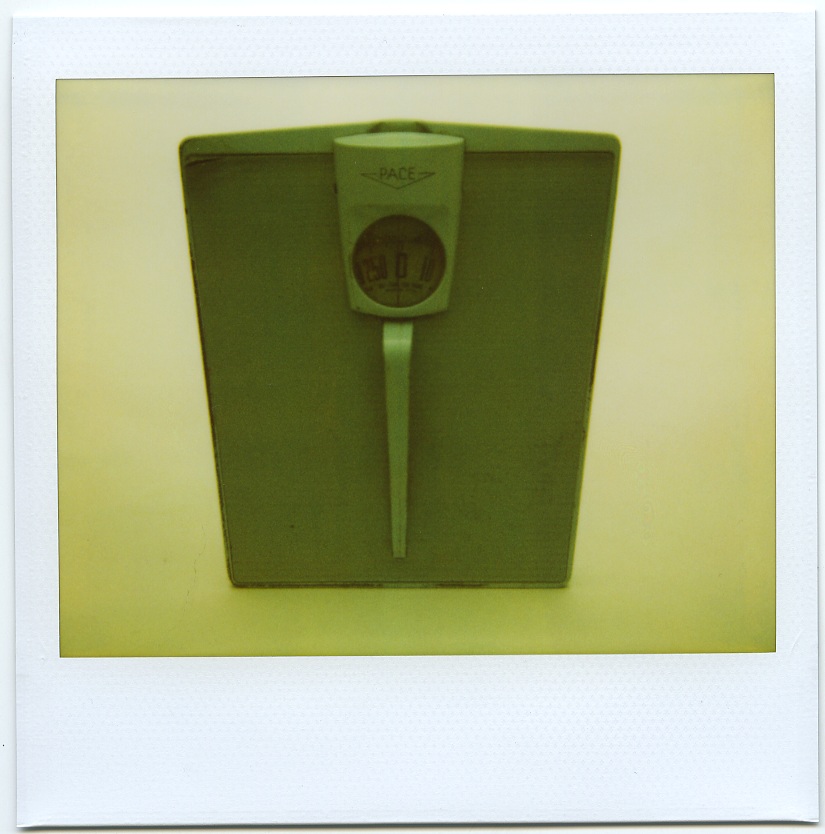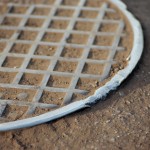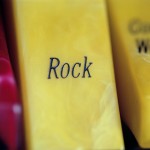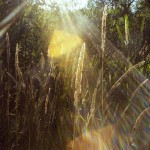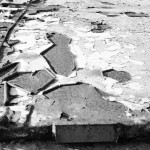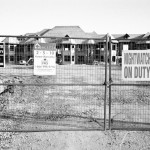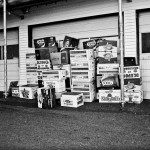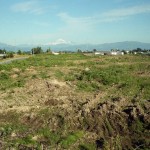Pentax DFA 100 Macro WR
This is a great lens for either film or digital, as might be expected for a macro lens, it is incredibly sharp and contrasty. Here I’ve used it with the PZ1p and Ektar 100.
That film look
These two images represent some of the struggle I’m having in getting digital files to have a pseudo film look. There is more to it than grain and shallow depth of field. The way that colours are rendered particularly in the shadows differs. The biggest difficulty though is that when you get it right for one image it can’t be directly applied to another. I will keep trying and keep shooting film too, not that I would stop even if I got it perfect.
Here is film (Ektar 100)
And here is digital. I have obviously stopped the aperture down further in addition to the different relative sensor size on the digital image giving a greater range of things that are acceptably in focus but that aside the difference is still apparent despite my efforts.
Ricoh Auto Shot Pictures
That’s some serious flare in the back lit picture, you can’t get that from a modern lens. Yes I’m actually pleased about that, it may not be something you want in your everyday photography but if you need that look for a reason this would be the way to get it.
Ricoh Auto Shot
In honour of Ricoh purchasing the digital imaging business of Pentax from Hoya I present the Ricoh Auto Shot. 1960’s design, function and results, the later ensured by using a poor quality cheap film. The defining features of this camera are it’s two shutter speeds (1/30) of a second in manual mode and 1/125 in auto and that the film advance is accomplished by a clockwork spring. Unfortunately my spring is mostly noun and not so much verb, resulting in a single exposure for every wind instead of the much cooler 6 when it was new. The exposure adjustment is controlled by a selenium cell surrounding the 35mm f2.8 lens. The aperture blades come together to produce what I like to call batkeh, odd bat shaped highlights at some apertures.
It’s a small camera as you can see here when compared to a quarter. The shutter release is actually OK being in the front as your index finger naturally falls on top of it when you hold the camera up with both hands, there being no other way really to hold it and trip the shutter. The fastest setting is for ASA200 film which makes the 10 possible selections between 12 and 100ASA amusing. It’s a fun little camera and if I ever find myself time traveling to 1964 I will be sure to take it along.
#Polaroid a week (16)
Pentax DA 12-24 on film
The Pentax DA series of lenses are designed with an image circle that covers the APSC sized digital sensor. They are not intended to be used on a 35mm film camera, as they create large amounts of vignetting. That almost sounds like a challenge to me. I mounted my DA 12-24 on a PZ1p loaded with Kodak Ektar and experimented. It is immediately apparent that the wide end between 12 and 18 millimeters is out as the lens just doesn’t come close to covering the film frame. You can see this immediately in the viewfinder. However between 18 and 24mm and with the lens adequately stopped down to about f11 you can actually use this lens as an ultra wide zoom on film. Converting the image size factor around from 35mm to APSC means the 18mm on 35mm film is about equivalent to 12mm on APSC.
Here you can see what happens if you don’t stop down enough, although I think this shot was taken with the DA 35mm ltd with the lens hood deployed.
Wester Autorol Samples
I’ve chosen to concentrate on this image because it demonstrated all that the camera can do. Once scanned the file is around 5200×5200 pixels or something equivalent to a 25 Mega pixel camera file.
Here is a 100% crop from the above image.
And here you can see that when the lens is shot wide open there is a considerable amount of vignetting.
I will have to use this camera again to get a better sense of it’s abilities but it was such a pleasure to use that I’m really looking forward to it.
Wester Autorol
Of all my cameras this may be the most obscure. While it is a conventional medium format folder the company that produced it seems less so (Nishida). They apparently existed between about 1936 and 1958, producing some cameras in their later years under the Wester name. What information there is about this camera online is mostly in Japanese. It’s a well built camera with many nice details. It uses 120 roll film and doesn’t have a window on the back to view frame numbers but actually has a proper frame advance mechanism. Each new frame can be brought forward after pressing the release lever on the back beside the viewfinder. It has a 75mm F3.5 lens to cover the 6cm square negative it produces. Wide open there is strong vignetting that doesn’t entirely go away with stopping down. I actually consider this a good thing as it gives the images a particular look without any manipulation, if I didn’t want this I could be just shooting digital. The shutter goes from 1 second to 1/300 second. The nicest feature though is the coupled rangefinder which really separates this camera from the rest of the folders that I have come across. It’s as easy to use as a 35mm rangefinder but of course the resulting negative is much larger with excellent detail. One difficulty with cameras like this though is getting a perfectly sharp exposure while hand holding, they are inherently hard to hold steady.
